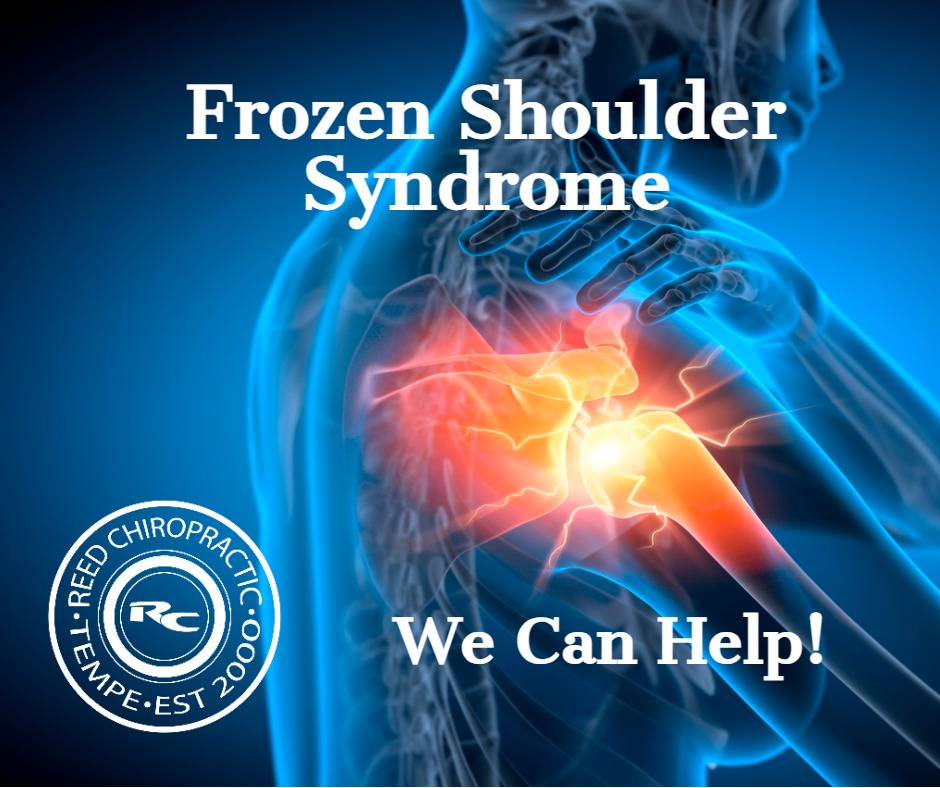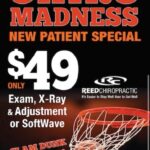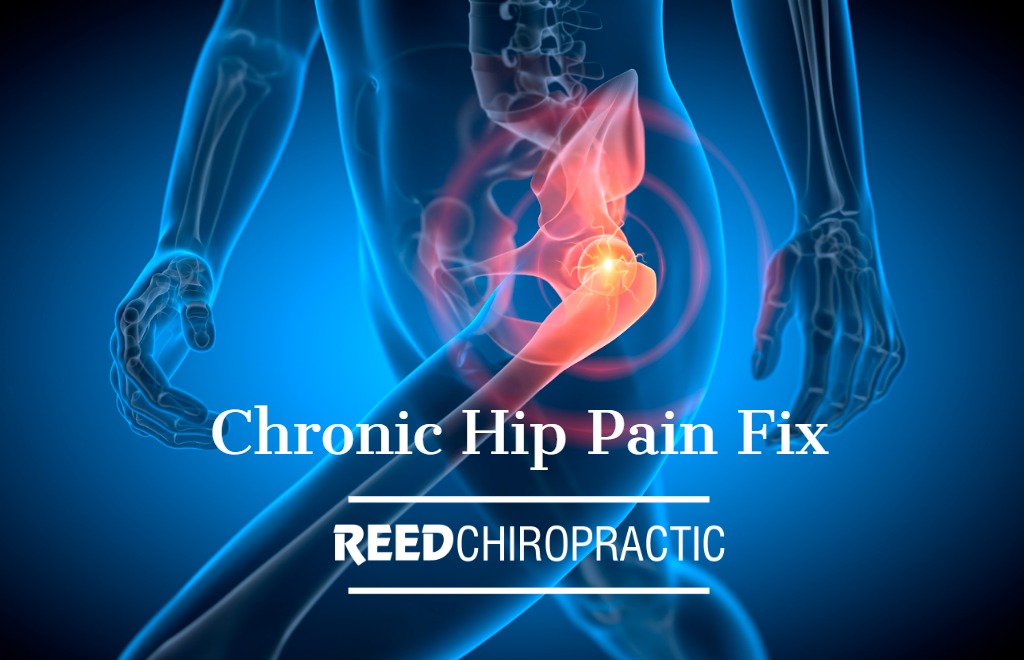Frozen Shoulder Syndrome
Do you suffer from severe shoulder pain? Have you lost the range of motion in your shoulder? If so, you may have frozen shoulder syndrome. In this blog I will discuss what exactly is frozen shoulder syndrome and the latest treatment options available.
What is Frozen Shoulder Syndrome
Frozen Shoulder Syndrome is classified into 3 phases:
Stage 1: Pre-Freezing (1 month to 3 months)
- The pre-freezing phase is when most people start to feel some pain or discomfort in their shoulder. Alot of patients will start to notice pain at night or when lying on the affected shoulder. Once the pain starts most people will start to avoid certain movements like overhead activities and reaching behind their back and within a few weeks they will also start to notice that their shoulder is starting to get stiff. If proper evaluation and conservative treatment is started in this phase most patients can prevent the next 3 phases from occurring.
Stage 2: Freezing (10 weeks to 8 months)
- The second stage is the most painful phase of Frozen Shoulder Syndrome. In this phase the shoulder capsule is severely inflamed and starts to thicken. The normal capsule should be flexible but once it thickens it starts to severely restrict shoulder mobility. With the limited mobility and pain from inflammation it become a viscous cycle of more and more pain and tightness which allows the condition to rapidly progress. Unfortunately, this is when most patients show up into my office looking for help. And once the “Freezing” phase has taken hold, options for a quick resolution are limited.
Stage 3: Frozen (4 months to 12 months)
- During the “Frozen” phase most patients have less pain but they complain about their lack of mobility with simple tasks during their activities of daily living. For example, simple things like washing their hair, reaching for their seat belt, clasping a bra strap behind the back, or playing sports like golf and pickleball. Any activity that requires the shoulder joint to rotate gets harder and harder as the capsule basically becomes hard and ischemic. The problem with this phase is that since the pain starts to go away many people don’t address the issue as they think that it is going to just go away. But the longer one delays treatment the longer the condition will take to resolve and in many cases, patients will never get their full range of motion back.
Stage 4: Thawing (5 months to 2 years)
- This final phase of Frozen Shoulder Syndrome is when the capsule starts to loosen up or “thaw out” and shoulder range of motion starts to improve. During this phase physical therapy and daily stretches tend to help speed up this thawing phase. Unfortunately, not all patients will regain their full range of motion, this is why it is critical to address frozen shoulder syndrome early before it progresses into the second stage of “freezing”.
Causes of Frozen Shoulder Syndrome
- The most common cause of Frozen Shoulder Syndrome is a rotator cuff injury. In most cases patients will experience a strain or overuse injury to their rotator cuff. An example of that would be someone lifting a heavy suitcase or playing an overhead sport. The inflammation causes a mild bursitis and/or possible impingement syndrome in the affected shoulder, but it’s not bad enough for them to seek help. Over the next few weeks, they stop using their shoulder as muck due to the pain with certain motions. The inflammation in connection with the lack of motion allows the pre-freezing phase to start. So, this is when you need to address the underlying issue at the source. If the range of motion can be preserved while at the same time the inflammation is addressed we can prevent the frozen shoulder syndrome cascade from starting.
Treatment Options
Traditional Medical Approach
- Oral or Steroid Injections are administered to reduce the pain and inflammation. These medications are affective at the reduction of pain and inflammation, however they come with risks. There have been many studies in recent years that have shown while they are effective in the short term they cause early arthritis and premature joint degeneration in the long term.
Our Non-Invasive Approach
- SoftWave.trt Therapy is the newest, and in my opinion the best option for Frozen Shoulder Syndrome. It is a safe and effective treatment for the pain and stiffness associated with frozen shoulder syndrome. SoftWave.trt Therapy is a form of Extracorporeal Shockwave Therapy but the only device that delivers an unfocused Acoustic Hydraulic Sound Wave into the tissues. This type of sound wave penetrated deep into the joint and has been shown to immediately reduce pain and inflammation. Over a period of 4-8 visits, it will soften the joint capsule adhesions and unlock the body’s own resident stem cells to help start the healing process. In my 24 years of clinical practice, I have seen nothing else come close to being as effective as SoftWave for the treatment of Frozen Shoulder Syndrome. I am so confident in SoftWave that if after your first treatment you do not feel less pain and a increase in your range of motion I will give you your money back. That doesn’t mean that you only need one treatment, in my experience we see that most patient require 6-10 visits for a typical frozen shoulder case. Depending on the stage you are in will determine this timeline.
- In addition to SoftWave Therapy for addressing the soft tissue inflammation and adhesions our doctors will recommend specific rotator cuff stretches and strengthening exercises to address the underlying issue of why you are suffering from frozen shoulder syndrome in the first place.
- Finally, Chiropractic Care always needs to be incorporated with any shoulder condition. The cervical spine specifically the C5-C6 level innervates the shoulder muscles. We want to make sure that there are no joint restrictions in the cervical spine that may be causing nerve pressure to the shoulder.
- Here at Reed Chiropractic in Tempe we use a holistic approach and always recommend NON-INVASIVE natural solutions FIRST.
If you think you may have or be developing Frozen Shoulder Syndrome don’t wait to act. The sooner you are evaluated, the sooner you can address the issue. Addressing a rotator cuff injury early can prevent Frozen Shoulder Syndrome all together and if frozen shoulder syndrome is in the first stage we may be able to prevent it from progressing into the second “Freeze” phase which is extremely painful.
For more information on SoftWave.trt or to schedule an elevation at our Tempe office please visit our website at ReedChiropractic.com.









